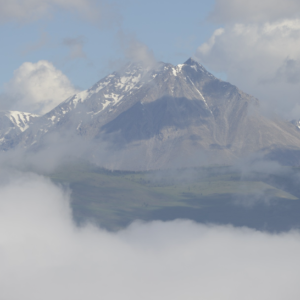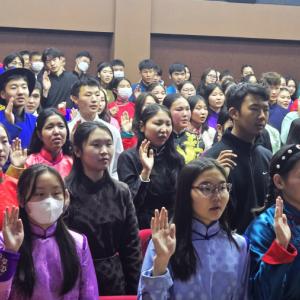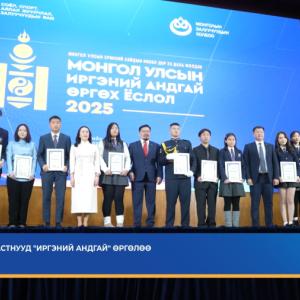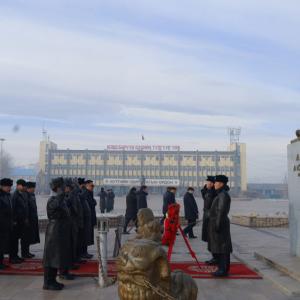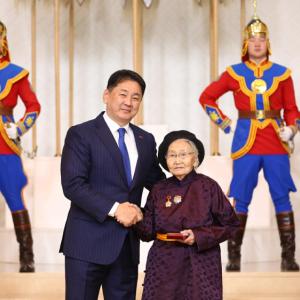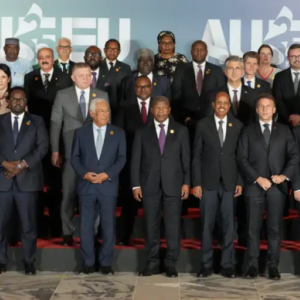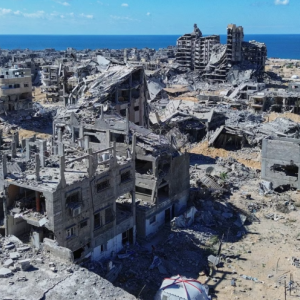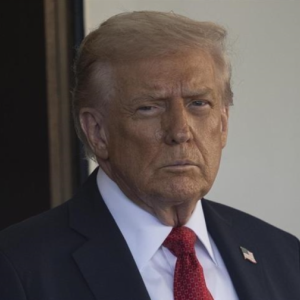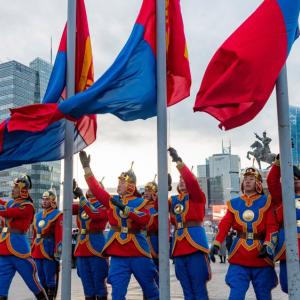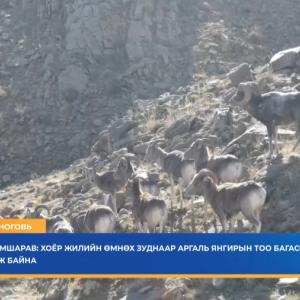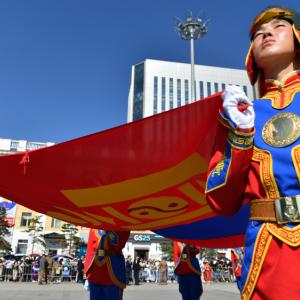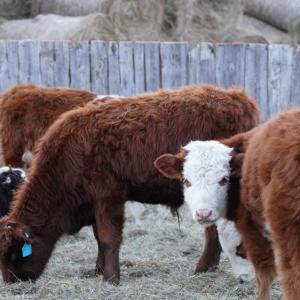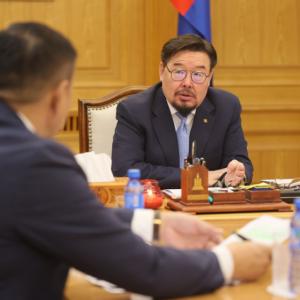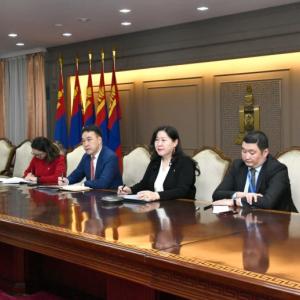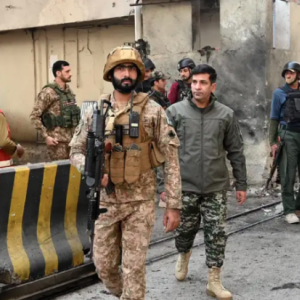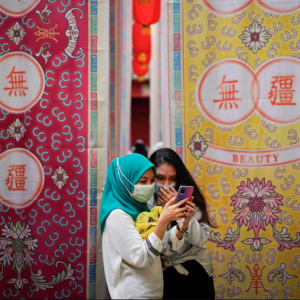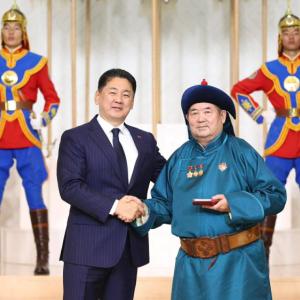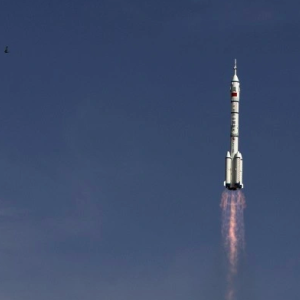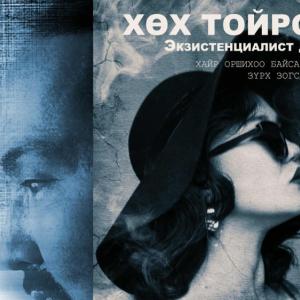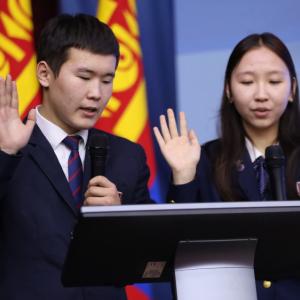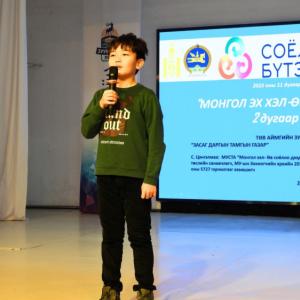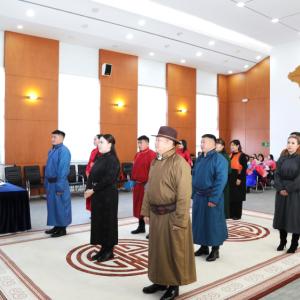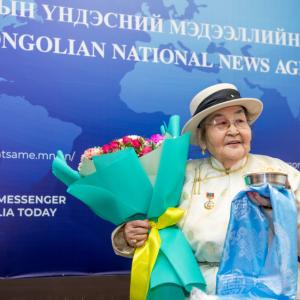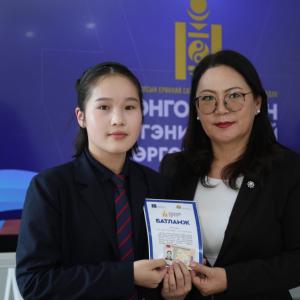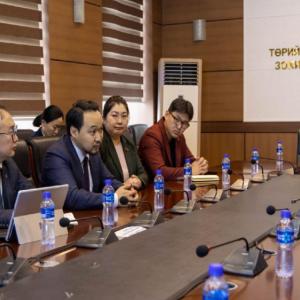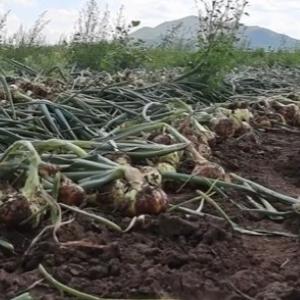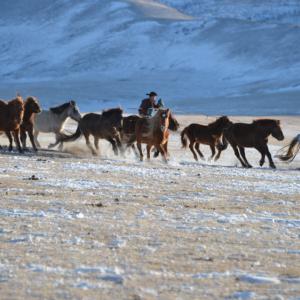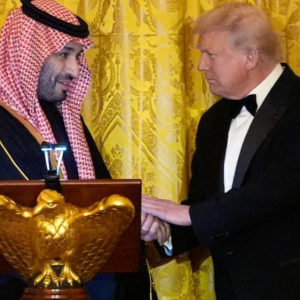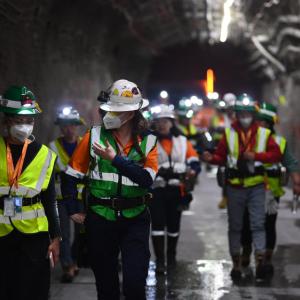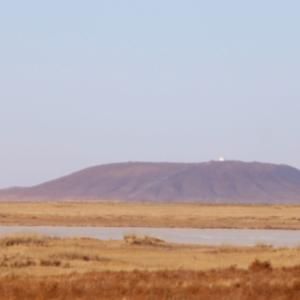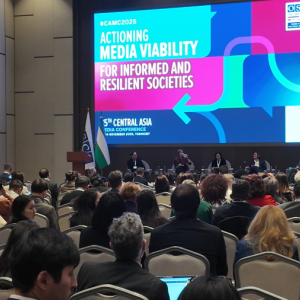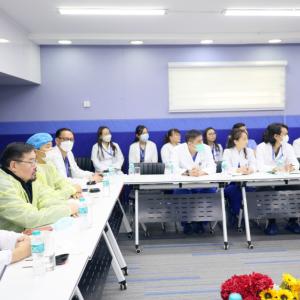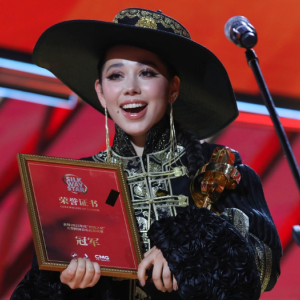History of Karakorum city continues with Erdene Zuu Monastery
The Mongol Messenger
Ulaanbaatar /MONTSAME/.
It was nomadic Mongolians
who established the first ever state in Central Asia during Khunnu Dynasty. The first
state in Central Asia was established by nomadic Mongols during the Khunnu
Dynasty. Furthermore, the long names of the ancient Mongol kingdoms, the Turks,
the Uyghurs, the Khitans, and the Niruns, occupied large areas of Asia until
the establishment of the Mongol Empire. The civilization they created has
created great heritage in the history of the world. According to sources, these
cities, such as Lun in Khunnu and Mumu in Nirun, were located in the Kharkhorin
soum of the present-day Uvurkhangai aimag of Mongolia, in the Orkhon Valley
basin and region.

This
time, our agency's team traveled to Kharkhorin soum of Uvurkhangai aimag to
study the historical monuments of the Orkhon Valley, which is the “cradle” of
ancient kings' culture and history, including the civilization and historical
heritage of Karakorum. But there is one important question. Why did Genghis
Khan establish the capital of his empire in the Orkhon Valley? Dadal soum of
Khentii aimag is located in the eastern part of present-day Mongolia. There is
Mount Deluun, which is mentioned in the Secret History, and there is also Mount
Burkhan Khaldun. However, an inscription on a statue erected in Karakorum in
1347 clearly states, "In the 15th year of Genghis Khan's reign, the white
dragon was buried in Karakorum." This is an official proof that in the
year of 1220, the Mongols chose to establish the first capital of the Mongol
Empire in the Orkhon Valley.
Archaeological
excavations have shown that the ruins of Ordubalyk, the capital of the Uyghur
people, and the ruins of Karakorum, the capital of the Mongol Empire, were
located in the Orkhon Valley. In this sense, the Orkhon Valley is a
historically significant area that has a significant impact on physical and
cultural geography and archaeological research. That is why it meets the
criteria of World Heritage I, III and IV. In 2004, UNESCO listed the Orkhon
Valley as 1081st on the World Heritage List.
As mentioned above, in the Orkhon Valley,
there is an ancient nomadic city and a sacrificial virgin. According to the
teachings of the ancient Turkic kings, the Orkhon valley was considered to be
the sacred land of Otuken. There are dozens of records of researchers who say
that the Otunken Forest in the Khangai Mountains was considered to be the
center of the world during the existence of the ancient Huns, Blue Turks and
Uighurs. The ruler of this land was to rule over the peoples of the north,
south, west, and east, and to rule over all the peoples with “felt hooves”.
That is why Genghis Khan's decree to establish Karakorum in this area is in keeping with the traditions of the ancient nomads and
the idea of world domination.

This has been mentioned by archaeologists
and historians. Also, some news and information and a few photos were viewed
online. He didn't want to waste time clinging to any other information. This is
because it is more enjoyable and effective to hear about the destination after
the destination.
When we arrived at our destination, we were greeted by T.Bayaraa, an
engineer at the Kharakhorum Museum, and J.Tsambagarav, a researcher, museum
interpreter, and researcher. In the north of Kharkhorin soum, dark blue rain
clouds are expected to form. T.Bayaraa, the museum manager, said that it has
been raining in the coming days and the territory of Kharkhorin soum is turning
green and the summer is improving.

The Kharakhorum Museum was established in 2010 with a grant from the
Government of Japan. Today, the museum has a total of 3,128 artifacts, of which
more than 80 percent are archeological finds. 63 of them are included in the
list of unique historical and cultural monuments of Mongolia. The Kharakhorum
Museum has permanent and temporary exhibition halls and an outdoor exhibition
area.
L. Shinebat is the director of the Kharakhorum Museum, which has been
operating continuously for ten years. There are 6 people in the exhibition and
organization department and 5 people in the treasury registration and information
department. The Kharakhorum Museum is a large-scale cultural heritage site
specializing in archeological finds that promotes important finds from the
Orkhon Valley's historical sites to domestic and foreign tourists, and
disseminates the history and nomadic culture.
CONTINUATION
OF THE HISTORY OF KARAKORUM – ERDENE ZUU MONASTERY

There
are tons of documents and facts found in the historical sources belonging to
the Mongols. It is believed that the Erdene Zuu Monastery was built inside ruins
of Kharkhorin called Takhai, not on a new land. To give an instance, the
Mongolian sutra “Erdeniin Erikh” written in 1841 tells, “…. In a place of ruins
called Takhai near the Shankhat Mountain called Sharga Azaraga where Ogodei was
proclaimed as Khaan and later Togoontumur reclaimed the throne in the Year of
Fire Dog (1229) and the Year of Rooster (1586), the Erdene Zuu Monastery was
created…”

In
1586, Abtai Sain Khaan, the great-grandson of Bat Munkh Dayan Khaan set the
foundation of building the Erdene Zuu Monastery by erecting stupa for the Third
Dalai Lama in an old house in the Takhai ruins. An earliest part of the
Monastery was built in summer of 1586, or according to lunar calendar, the 15th
day of the middle month of summer in the Fire Dog year in the old Takhai site.
Scholars
assume that the history of Karakorum, the capital city of the Mongol Empire correspond
to the Erdene Zuu Monastery to flourish once again as archaeological studies
found that stones from the nearby ruins of Karakorum were used in the construction
of Erdene Zuu Monastery. Currently, there are stone monuments obtained from the
ruins of Karakorum on display within the walls of the monastery. It can be
observed that the aristocrats and noblemen of royal blood of the Mongols recognized
that the land where the ancient Mongol capital – Karakorum was burgeoning as a
sacred territory.

Today,
it is surrounded by a 420-meter fortress wall on each side with 108 stupas. The
organizational structure of the Erdene Zuu Monastery reflects traditional Mongolian
style of town planning. By 1792, the first Buddhist Monastery of Mongolia housed
62 temples and more than 500 buildings, accommodating over 10 thousand monks. Nowadays,
it is left with 18 temples, which have been placed under state protection since
1944.
The
Erdene Zuu Monastery Museum comprised of Western, Eastern, Main Temples, Zuu
Temple, and Great Stupas, with the Laviran Temple used
for hosting Buddhist religious sessions and observances.
THE GREAT TSOGT TEMPLE OF BUDDHISM

Russian
archaeologist S.V.Kiselev, who carried out the first large-scale excavation on
the land of Karakorum in 1949, made a study on parts of remains of major
buildings in the middle of the walled Complex or Hall located in the southwest
of the Erdene Zuu Monastery to conclude that the hall was the “Tumen Amgalant
Palace” of Ogodei Khaan.
However,
a large number of religious items, sculptures and ornaments unveiled by the
archaeological excavation prove that it was ruins of the Great Tsogt Buddhist Temple
of Karakorum or the Great Hall. The massive temple, whose groundwork was laid
during the Ogodei Khaan era to complete during the period ruled by Munkh Khaan,
had long been respected and worshipped by the Mongolian khans. In this regard,
the temple was renovated in 1311 using the funds from the khaans’ treasury and another
high-cost refurbishment was fulfilled on the temple throughout the period of
four years between 1342 and 1346. Picturing from the columns preserved from the
building tower that are at least 9 meters each and the roof which had a
multi-layer canopy, the temple was definitely of a high-rise structure.
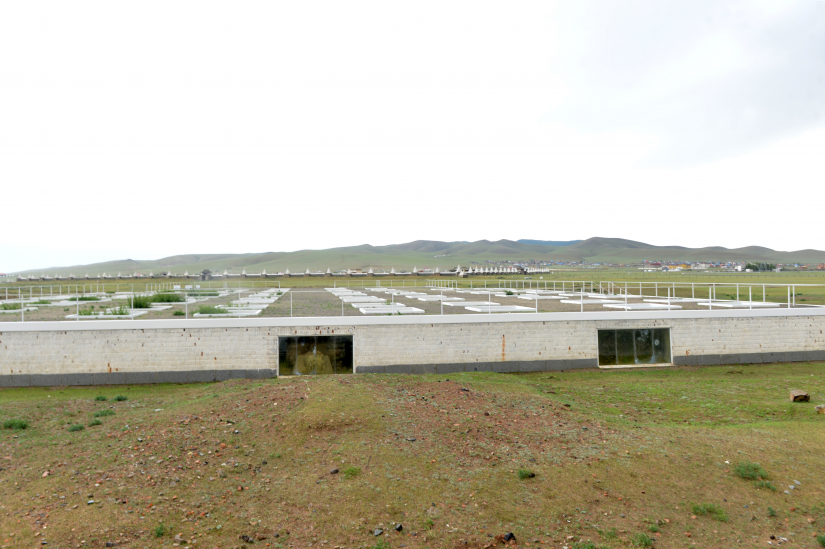
More
than two third of some 17,000 findings unearthed by the full archaeological
excavations of the temple halls ruins are linked to the Buddhism. Four Buddhist
cases discovered in 2014 by the excavation team from four corners of the temple
establish the evidence that the Temple is the Great Tsogt Buddhist Temple is
the Buddhist temple named “Tsogts Ikh Sumiin Ger”, which was described in the
monument that was written in Mongolian and Chinese Karakorum erected in 1347.
In
2015, a wall and stages for the platform of the temple was rebuilt on the basis
of research with Mongolian-German joint funding in 2015 with the aim of
preservation of archaeological discoveries of Great Hall and public display of the
findings. Mongolians companies “Ordego” and “History and Culture” were in
charge of the construction of the open exhibition under the guidance of
professional archeologists and architects.
STONE TURTLES
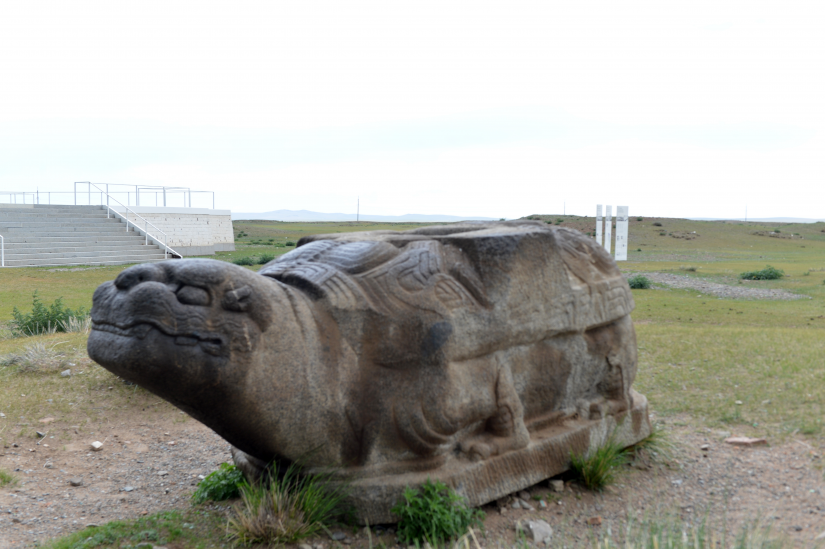
Outside
of the Great Temple of Karakorum Temple, there are two stone turtles considered
as valuable cultural heritage and shining monument of the Great Hall had been
installed on the back of the turtles. A total of four stone turtles with
dimensions of 2.6-meter-long, 1-meter-tall and 1.2-meter-wide, weighing 10 tons
and made of grey granite stone were found near the ruins of Karakorum. Slightly
different designs of the stone turtles demonstrate that the date of creation of
them vary. Ancient nomadic rulers used to have a shining monument with a stone
turtle base built after having large structures, such as palaces, temples and monasteries
as turtles standing on the shining monuments symbolized longtime happiness in
oriental nations since time immemorial. Our guide J.Tsambagarav, a researcher
of Kharakhorum Museum explained that the stone turtles installed in four sides
of Karakorum was seen as a foundation to the longtime existence of the nation.
KHANDJAMTS STUPA
There
is a stupa built for good deeds in the next life of Khandjamts, a daughter of
Dalai Taish of Uuld and queen of Tusheet Khaan Gombodorj-the royal blood to
Chinggis Khaan. Queen Khandjamts was the mother of Undur Gegeen Zanabazar.
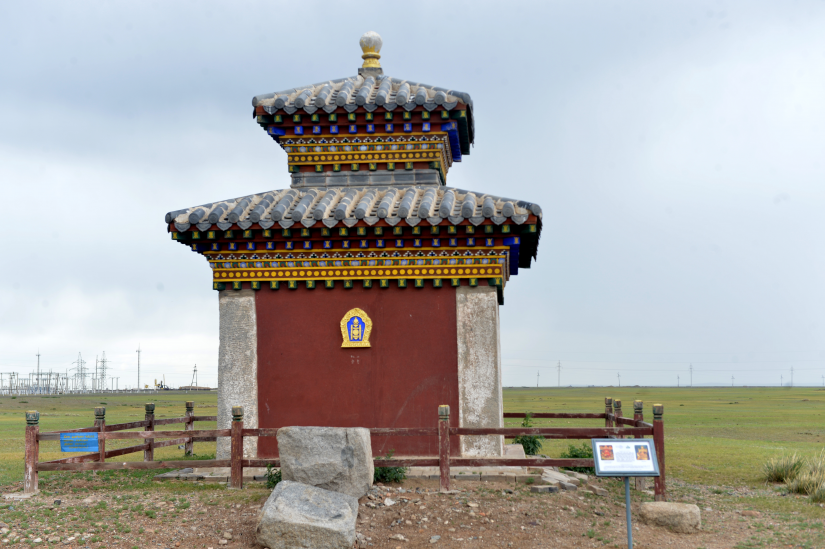
At the
request of her sons, Undur Gegeen Zanabazar, Tusheet Khaan Chakhundorj, and
Sedshir, a house stupa in 4 metre height with tied roof and idol ornaments had
been built on square foundation in 3m x 3m size in 1673-1674. Considered as an
important tangible heritage created by Zanabazar, he also painted a portrait of
his mother and created a statue /full body sculpture/ of the Green Tara and put
it inside the stupa. Queen Khandjamts was immortalized in the hearts and words
of the people as the Ekh Dagina (Queen Mother).
KHAANS’ MONUMENT
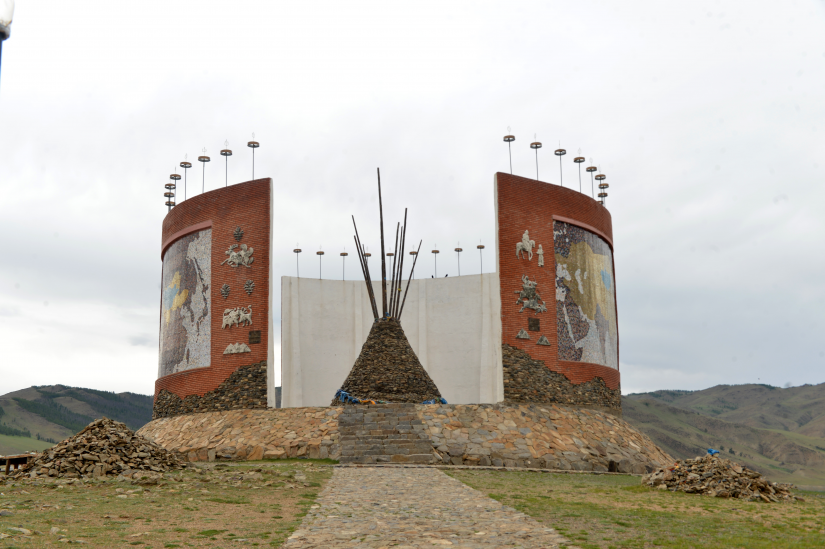
Afterwards,
we visited the Khaan’s Monument or Monument for Mongol States located 4.5 km
southwest from the Kharkhorin soum center. Designed by Mongolian sculpture and
painter B.Denzen, the complex was built between 2003 and 2004. The complex is
comprised of three parts, expressively displaying the territorial range and
borders as well as historical and cultural heritage legacy of ancient nomadic states,
Khunnu or the Xiongnu, Turkic
Khaganate and the Mongol Empire at the height of their prosperity.
The
central part has a tall Ovoo or sacred stone heap assembled by using flat, thin
rocks. This ovoo serves as a symbol of various generations of the nomadic
people for their sense of history of living in harmony with the natural
environment.
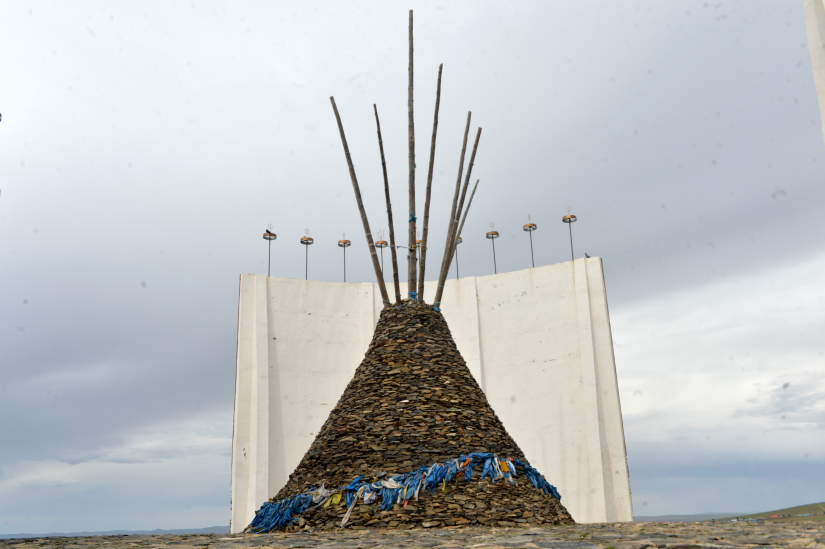
The
round-shaped steep rock arranged surrounding the ovoo is placed with the Nine
White Banner, the statehood symbol of the Great Mongol Empire on it.
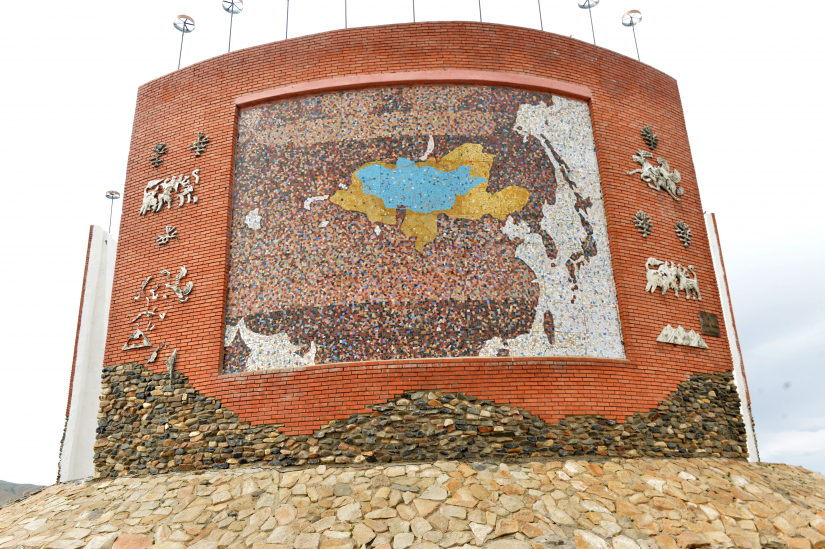
The
first rock demonstrates the territory of the Huns, ancestors of the Mongols who
made their settlement close to Orkhon Valley and Karakorum, covering the Lake
Baikal to the north, Great Wall of China to the south, Il Tarvagtai Mountain
ranges to the west and the Korean Peninsula to the east.
One of
the important elements of the cultural heritage left by the Huns is how they
depicted the livestock animals and wildlife. On the both side of the picture, there is a replica of their depiction of deer, yak
and other animals on the artifacts, wood and textiles carved with characters
and paintings found from the Noyon-Uul burial site in Tuv aimag of Mongolia,
the tombs of the aristocracy of the Huns. No more magnificent wool rug than the
one found from the site has ever been discovered again.
The
second part shows the territorial boundaries of the Turkic Khaganate, which extended to the Sayan
Mountain in the northers side, the Great Wall of China to the southern side,
the Lake Balkhash in the western side and the Korean Peninsula to the eastern
side. Encircling the territorial map, Kurgan stelae relating to the Turkic
period are situated, holding various wares in their right hands and gripping handles
of the swords tied in the belts with their left hands. Moreover, horsemen with their
armors and weapons are portrayed for splendid display.

In the
central area of the third display wall, a scene is viewed displaying the
territorial ranges and boundaries of the Great Mongol Empire in comparison with
the map of present Mongolia. the land area of the Great Mongol Empire occupied
already one third of the world’s total drylands. In spite of the lower number
of Mongol soldiers, disciplined, organized and masterful strategies were used
for the battlefield. Displaying the skills of the Mongol soldiers, cavalries wearing
Mongolian Deel costumes or hunting are depicted on the wall. Hunting also often
acted as a part of the military training for the Mongol soldiers during
peaceful times. The complex was established in honor of the first formations of
the states on the territory of Mongolia by the Orkhon Valley and the first
capital - the place of political center for the Great Mongol Empire.
CONCLUSION
Efforts
put for the development and preservation of cultural heritage pose a great
influence on the social growth. In compliance with this, Mongolians have been learning
about their own history and taking them under special protection, enabling local
and foreign tourists to become acquainted with cultural heritage of Karakorum
and Erdene Zuu Monastery in the Orkhon Valley.

One
clear example is that on the occasion of the 800th anniversary of the
establishment of Karakorum, which falls this year, the Kharakhorum Museum and
the School of Engineering and Applied Sciences of the National University of
Mongolia staged “Karakorum 800” special exhibition together with the Usa City
Museum of History in the Oita Prefecture of Japan.
The exhibition,
which displayed numerous artifacts or archaeological findings associated with
the XVIII-XIY centuries or Karakorum, such as Gerege or paiza, the diplomatic
passport held by Mongolia envoys, coins of Mongol Khans with Arab letters, golden
ember ornament for Mongolian Queen bogtag headgear, crystal decoration for
belts, official seal discovered from the remains of a ship from Khubilai Khaan’s
fleet, helmet of Mongolian soldiers and a fireball, has greatly grabbed the
attention of international visitors and tourists.
Many tangible
items of cultural heritage with previous values belonging to ancient capital
Karakorum have survived in the Orkhon Valley until today. 800-year wind was
incapable of destroying the cultural heritage and legacy of the Mongol Khaans. Heritage
artifacts mentioned in this story are continuity of the city of Karakorum and
indispensable part of the history of the nomadic Mongolians as well as wealth
to our mind, witness to the history, immunity of the nation and pride for the
next generations.
B.Altankhuyag
Photography
by N.Batbayar
 Улаанбаатар
Улаанбаатар










